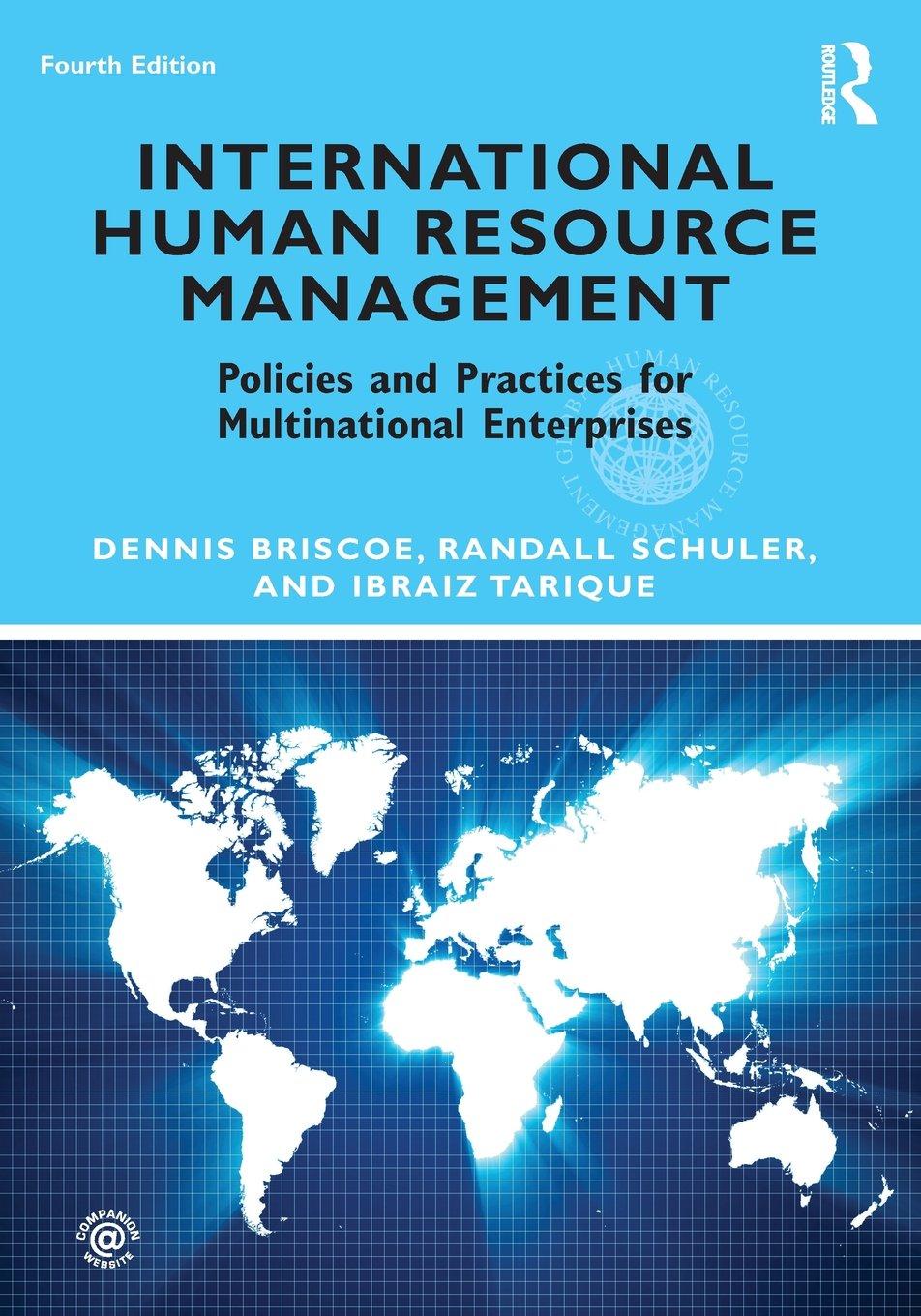What are the possible reasons for the high level of attrition?Two years back OQT had demerged from
Question:
What are the possible reasons for the high level of attrition?Two years back OQT had demerged from its mother concern, a large pharmaceutical company and one of the top five generic Oncology (cancer drug) players in India, to stand alone as a closely held public limited company (PLC). Since the demerger, OQT's biggest challenge has been to attract and retain highly skilled employees (mostly research scientists) who would prefer to join a multinational pharma. OQT was depending on a few select recruitment agencies for hiring its employees.
OQT used a performance management system which was designed to reward the scientists for performance based on their goal achievement, as assessed during annual performance evaluations. The performance evaluation process involved scientists setting goals for the financial year on the basis of the company's business and func¬ tional plans. Performance evaluation discussions during the year between managers and employees emphasized a focus on achievement of these goals. Employees are evaluated with a performance rating based on their goal attainment on a scale of 1 to 5, 1 being low performance and 5 being highest performance. Both employees and managers sign the performance-rating sheet. Manager then discuss these ratings with the CEO and together they decide the overall performance rating of the employees. Overall performance was rated as "Outstanding," "Strong," "Good," "Satisfactory," or "Poor." Ratings are then plotted on a bell curve of possible pay increases, which was developed by the CEO and HR on the basis of the overall budget for pay hikes. The Managing Director then gave the final approval. Employees are then promoted and given pay increases on the basis of these ratings. The overall performance ratings and the principle of the bell curve were kept confidential and not shared with the managers or the employees. Management had also devised an annual refresher program for all employees —operations (research and development, testing, and manu¬ facture of drugs), sales, and support staff. It was a six-day program at the corporate office with classroom sessions on issues such as business achievements, pharma test ranges, sales processes, machines, and tracking systems. OQT had strategically posi¬ tioned its overall compensation compared to competitors at the 50th percentile. Though the company was investing time, money, and effort to motivate employees to be produc¬ tive and contribute, the attrition rate of people within one year and between one and three years was 32 percent. To try to control (even reverse) this trend, and to deal with its consequences, the scientists at bench were rotated through all platforms of research on molecular pathology so that at every point in time more than one scientist had the knowledge of any given platform and workflow so that operations would not be inter¬ rupted by attrition in the labs. Still the organization was struggling with the dilemma of the high attrition: should they meet the talent need by hiring just-in-time from competitors or should OQT create long-term talent development plans?
Step by Step Answer:

International Human Resource Management Policies And Practices For Multinational Enterprises
ISBN: 9780415884754
4th Edition
Authors: Dennis Briscoe, Randall Schuler, Ibraiz Tarique





